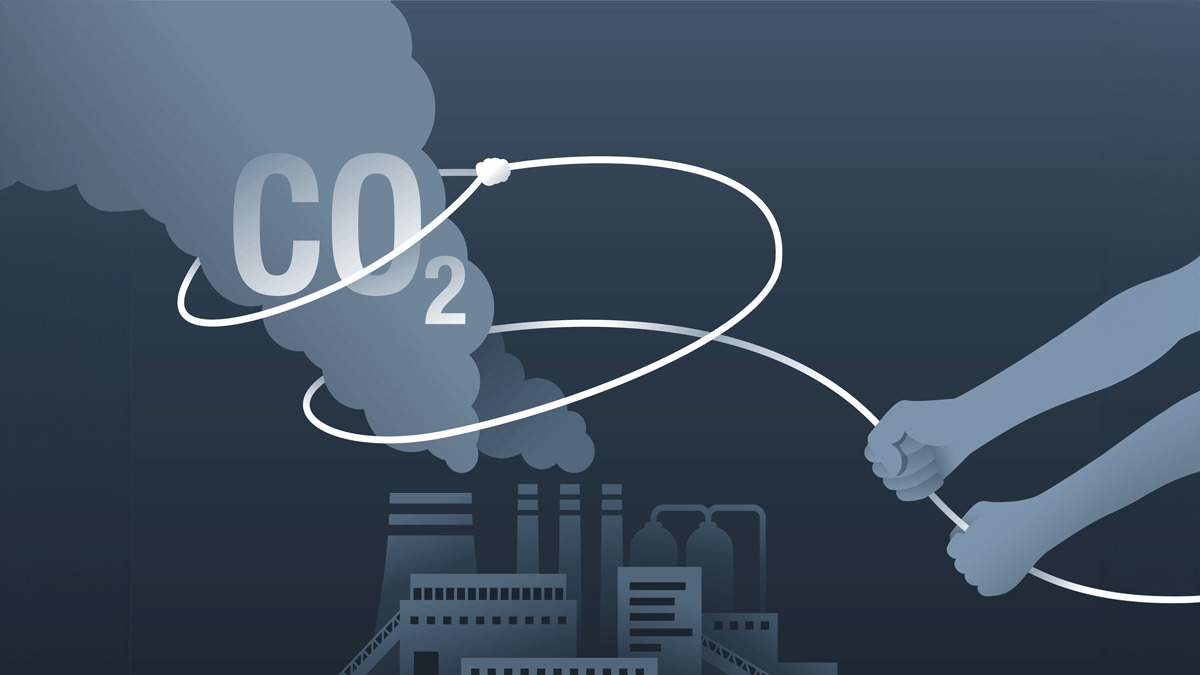Special Report: Pilot Energy hosted a delegation of prominent Korean companies to its groundbreaking Mid West Clean Energy Project as policy stars align in both Australia and key markets.
The Austrade-supported visit occurred just before South Korea launched a bidding market for up to 6,500 gigawatt hours (GWh) of electricity to be produced from clean-hydrogen-fired power generation over 15 years.
The auction of multi-billion hours of power will support South Korea’s plans to more than triple renewable energy generation as part of its commitment to generate most of its electricity from carbon-free energy sources by 2038.
Days ahead of the visit Australia’s Resources Minister Madeleine King announced she would release more greenhouse gas acreage for Carbon Capture and Storage (CCS) as part of the Albanese government’s Future Gas Strategy.
Now Pilot Energy (ASX:PGY) , is waiting on the imminent declaration to enable Australia’s first offshore CCS facility at the project so it can turn its significant economic and environmental potential into reality.
How the Mid West Clean Energy Project works
The Mid West Clean Energy Project (MWCEP) tackles the challenge of emission reduction while catering to the growing demand for clean energy carriers like ammonia.
Using Pilot Energy’s existing oil and gas assets, alongside established infrastructure, it will capture CO2 emissions from the atmosphere and existing industrial facilities in WA and store them permanently in the depleted Cliff Head oil field about 120km offshore.
The project will assist with accelerating the drawdown of emissions from the atmosphere through the deployment of Direct Air Capture (DAC) facilities tied directly into the MWCEP infrastructure, via an MoU with DAC technology provider Capture6.
The first stage of the project, with an expected launch next year, will offer permanent storage capacity exceeding 1 million tonnes of CO2 annually.
It will capture and store CO2 emissions from existing external industrial sources alongside capturing nearly 99% of the CO2 generated by the MWCEP itself.
Expected to allow for continuous injection through to 2050, the total storage capacity of the CCS project will be more than 50 million tonnes, placing it within the top 10 CCS projects globally.
The next stage, set to launch in 2027/2028, involves the MWCEP producing up to 1.0 million tonnes of clean ammonia for export. It’s targeting markets like South Korea, which is aiming for a 7.1% ammonia and hydrogen energy mix by 2036 as part of its plans to move away from coal to clean energy.
“If you use ammonia in place of coal, for every percentage of ammonia that you use in a coal-fired power plant you reduce carbon emissions by that same percentage,” Pilot Energy executive chairman Brad Lingo said. “Using 20 per cent ammonia means that you can eliminate 20 per cent of your carbon emissions.”
“CCS is the key enabler to delivering the lowest cost of clean hydrogen and ammonia, which has no carbon in it.
“Our project is the world’s only blue ammonia plant that has fully integrated carbon capture, which enables us to produce very low-cost clean ammonia, and it allows us to also produce it at a very low carbon intensity.”
The project is also designed to incorporate the future supply of hydrogen into WA’s domestic energy market.
The hydrogen production process will utilise a blend of blue hydrogen (derived from natural gas with CO2 capture) and in later stages green hydrogen (generated from renewable energy sources). Pilot will use 8 Rivers’ breakthrough technology that enables gas-based hydrogen production with carbon capture at industry-leading rates of beyond 99%.
Renewable energy plays an important role to power the blue ammonia operation combining with carbon storage to deliver low carbon intensity product the market is seeking.
Low cost producer
The MWCEP integrated solution has another big appeal: It will cost Pilot less than $400 to produce one tonne of clean ammonia, based on its feasibility studies, where the production of conventional grey ammonia common in today’s market can range from $800 to $1000 per ton.
“During the pandemic, high-CO2 intensity conventional ammonia prices went over $1,300 per tonne,” Lingo said. “Low-cost, low-carbon intensity clean ammonia production is made possible through integrated CCS.”
Export potential
Lingo said there was currently a perfect partnership opportunity between Australia and APAC nations such as South Korea, which want to diversify their energy sources away from coal to clean, carbon-free sources.
They also want to eliminate their carbon emissions.
“We can supply carbon-free energy molecules to Korea, but, equally, we can also help Korea manage the rest of those emissions by providing a place where carbon that’s captured in Korea can be permanently stored,” he said.
Pilot Energy already has an MoU with South Korean corporation Samsung C&T Corporation Engineering & Construction Group to facilitate the export of clean ammonia. That deal enables Samsung C&T to buy a 20 per cent stake upon the start of production and in time expand that share.
What’s next
Pilot is very close to securing approval from the Australian government controlled National Offshore Petroleum Titles Administrator (NOPTA) after it became the first company in Australia to lodge a submission seeking regulatory approvals for an offshore CCS project under legislation that has been in place since 2006.
The Commonwealth’s approval in the form of the ‘Declaration of Storage Formation’ for the Cliff Head oil field is expected imminently and will be a pivotal enabling milestone for the project.
The Western Australian Government’s legislative changes last month cleared the way for the project, which covers state and federal jurisdictions, in terms of state regulations.
This article was developed in collaboration with Pilot Energy, a Stockhead advertiser at the time of publishing.
This article does not constitute financial product advice. You should consider obtaining independent advice before making any financial decisions.
The post Pilot Energy: transforming carbon capture and clean power into cash appeared first on Stockhead.






















